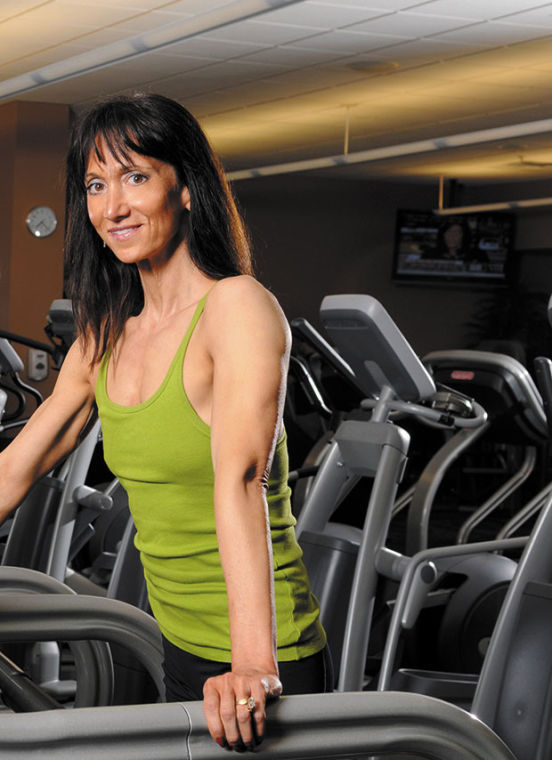Keep momentum going during pregnancy
Published May 19, 2017
I just love sharing good news, so unabashedly, here it comes: On May 10th, our daughter and son-in-law became proud parents of a baby girl…their first child and our first grandchild. After reining in the floodgate of my emotions, I was able to take notice of something one doesn’t often see in a Labor and Delivery room. Instead of appearing exhausted and bedraggled, I saw our daughter looking as though the past 24 hours had been a waltz through the park. What might have contributed to such calm euphoria?
The answer is simple: a relatively smooth delivery, most likely brought on by her having maintained a fit pregnancy.
For many soon-to-be grandmothers, the idea of continuing exercise is pretty much expected these days. If the mother-to-be is your great-grandchild, however, questions may begin to flood your brain:
- Should she really continue her current workouts?
- Is she being prudent and safe?
- How can she remain healthy and active while still protecting the unborn child?
If the expectant mom hopes to continue exercising, a little advance planning can make all the difference as she journeys through the next 7 or 8 months.
Over the last 5 decades, theories on pregnancy and activity have come a long way. When our moms were expecting, the prevailing notion was to stay off of one’s feet and get as much rest as possible. Today’s women are remaining much more active further into their pregnancies than ever before.
Every woman is unique. There are those who successfully continue the workouts they enjoyed prior to becoming pregnant, including participation in boot-camp-type classes, step aerobics, strength training, and running marathons. Others find a need, either due to their own levels of comfort or at the urging of a medical professional, to significantly modify their pre-pregnancy fitness programs. It is always a good idea for pregnant women to pay attention to how they feel during and after a training session.
After the first trimester has passed (along with the accompanying fatigue and morning sickness!), lying on one’s back during exercise should be avoided. Such a position has the potential to decrease the flow of oxygen to the baby. While this may put a damper on performing traditional crunches or sit-up’s there are many other alternatives to continue strengthening an ever-expanding midsection. Beneath all of the extra fluid and tissue in that area, which are necessary for a growing fetus, abdominal and core muscles are in fact still present. Many prenatal routines suggest training on a stability ball or an inclined workout bench.
Because the baby is growing and becoming more vulnerable if a fall or a blow to the abdomen should occur, professionals recommend stopping ball sports (soccer, basketball, racquetball etc.), contact sports, and outdoor biking. Because of an expanding abdomen, a recumbent bike might be more comfortable during late pregnancy than a traditional stationary cycle.Planks have become a pregnant woman’s greatest ally in terms of core strengthening throughout these exciting 9 months. As additional midsection load becomes cumbersome, one suggestion is a modified plank with toes on the floor and chest / forearms resting on a stability ball.
Participation in a carefully planned, moderate physical activity program during the first, second, and third trimester of a woman’s pregnancy can go a long way toward improving her “maternal perception” of health as well as her delivery. If the focus is kept on safety, both the mom’s and that of the baby, she possesses the potential to greatly enhance this already magical time in her life.















